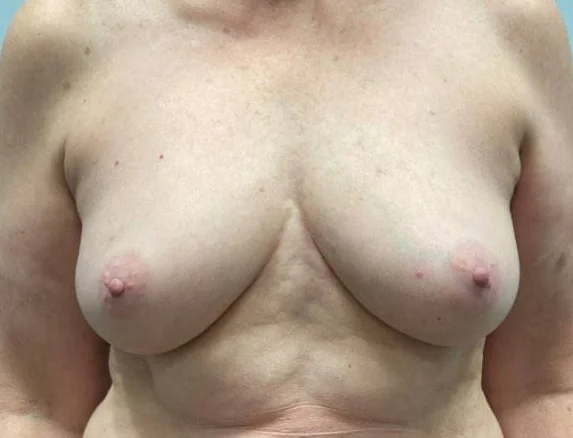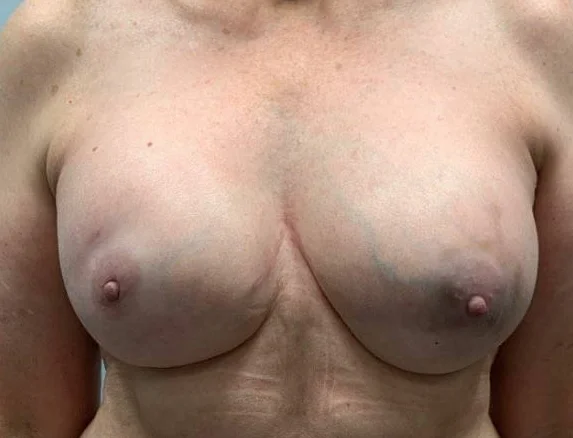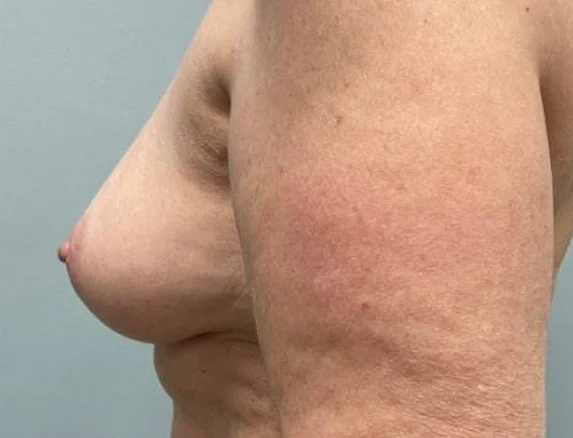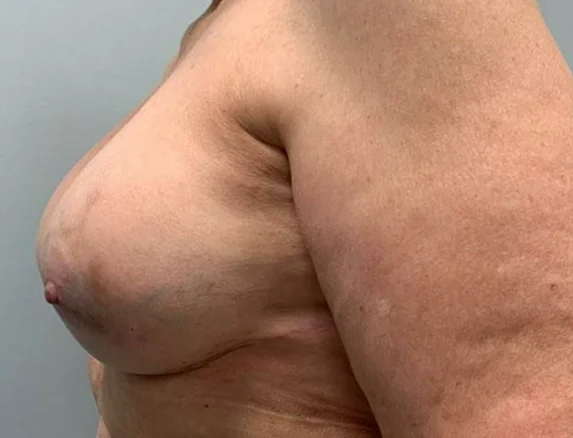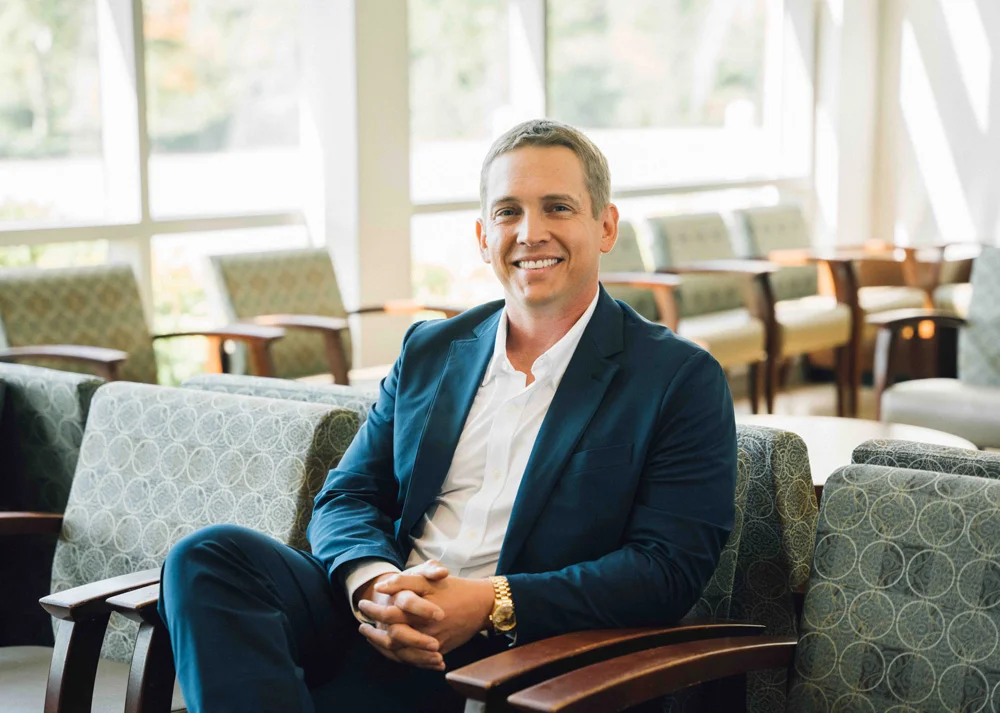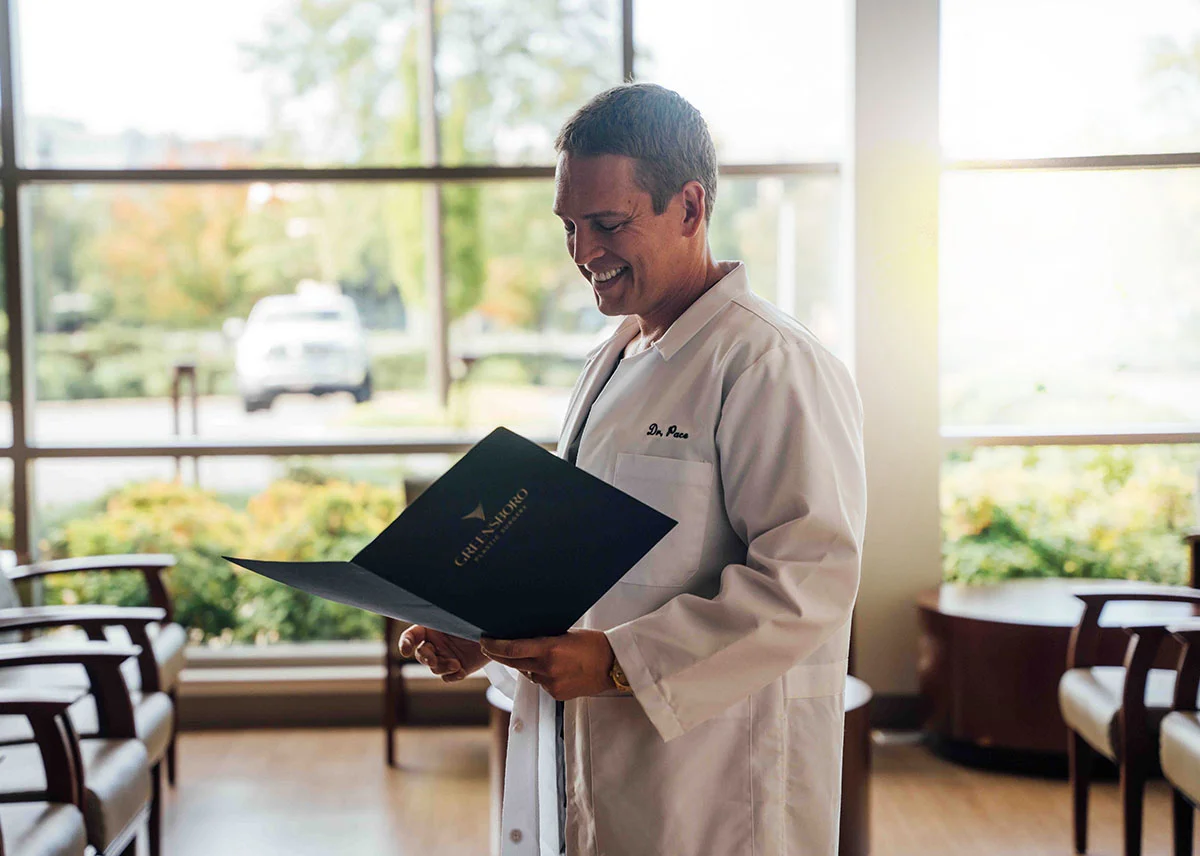Is there more than one way to perform Breast Reconstruction?
Absolutely! Patients need to know that there are a number of different ways breast reconstruction can be performed, depending on your specific situation and goals. Some of the options include:- Aesthetic flat closure: In this procedure, Dr. Pace’s skills in wound closure and body contouring are applied after the mastectomy has been completed. The goals of this procedure are to place scars in the most favorable locations and to eliminate or decrease skin contour irregularities.
- Direct to implant reconstruction: Direct implant reconstruction involves placing the final implant during the same procedure where the mastectomy was performed. Dr. Pace will utilize soft tissue support techniques to maintain the position of the implant. The advantage of this technique is the reconstruction is completed in a single stage. Not everyone is a good candidate for this approach so make sure you discuss the pros and cons at your consultation appointment.
- Tissue Expander reconstruction: During this approach, a tissue expander is placed at the time of the mastectomy. Once the wound has started to heal, the tissue expander can be gradually inflated over time to the desired size. Once the desired size has been reached, the tissue expander is removed and replaced with a permanent implant during a second surgical procedure. This technique allows for slightly more control in implant placement, as it can be modified during the second operation. It also allows patients to better identify the volume of the final implant that best suits them prior to the second stage of operation.
- Oncoplastic Breast Reduction: Women who do not require a total mastectomy are also candidates for reconstructive breast surgery. If surgical tumor removal is relatively small compared to the overall breast size, a breast reduction can be performed on both breasts to maintain shape and symmetry. Partial mastectomies, or lumpectomies, can leave the shape of the breast distorted. An oncoplastic reduction is a way to restore, or improve, breast shape while treating the cancer at the same time. This is particularly helpful in women who already suffer from back pain related to larger breasts. The breast reduction can be performed during the same procedure as the lumpectomy, or staged and performed a week or two later to ensure complete removal of the cancer. Oncoplastic breast reductions are typically considered a covered procedure by health insurance companies.
- Fat Grafting: Fat grafting involves performing liposuction in one area of the body, usually the abdomen or thighs, and injecting that fat in a different area. This technique is typically used in combination with implants to “fine-tune” the contours of the reconstruction.
- Regional tissue transfer: During regional tissue transfer, muscle, skin, and adipose tissue are moved from one area of the body to another. Breast reconstruction is typically performed with tissue from the back or abdomen. This technique can be used with or without implants. In our practice, this is most typically applied in patients with a history of radiation.
- Free tissue transfer: Free tissue transfer involves surgically removing tissue from the body and moving it to an entirely new location. Microsurgery is required to give the tissue a blood supply at its new location. These procedures are highly complex and specialized and are typically carried out at academic tertiary care facilities.

